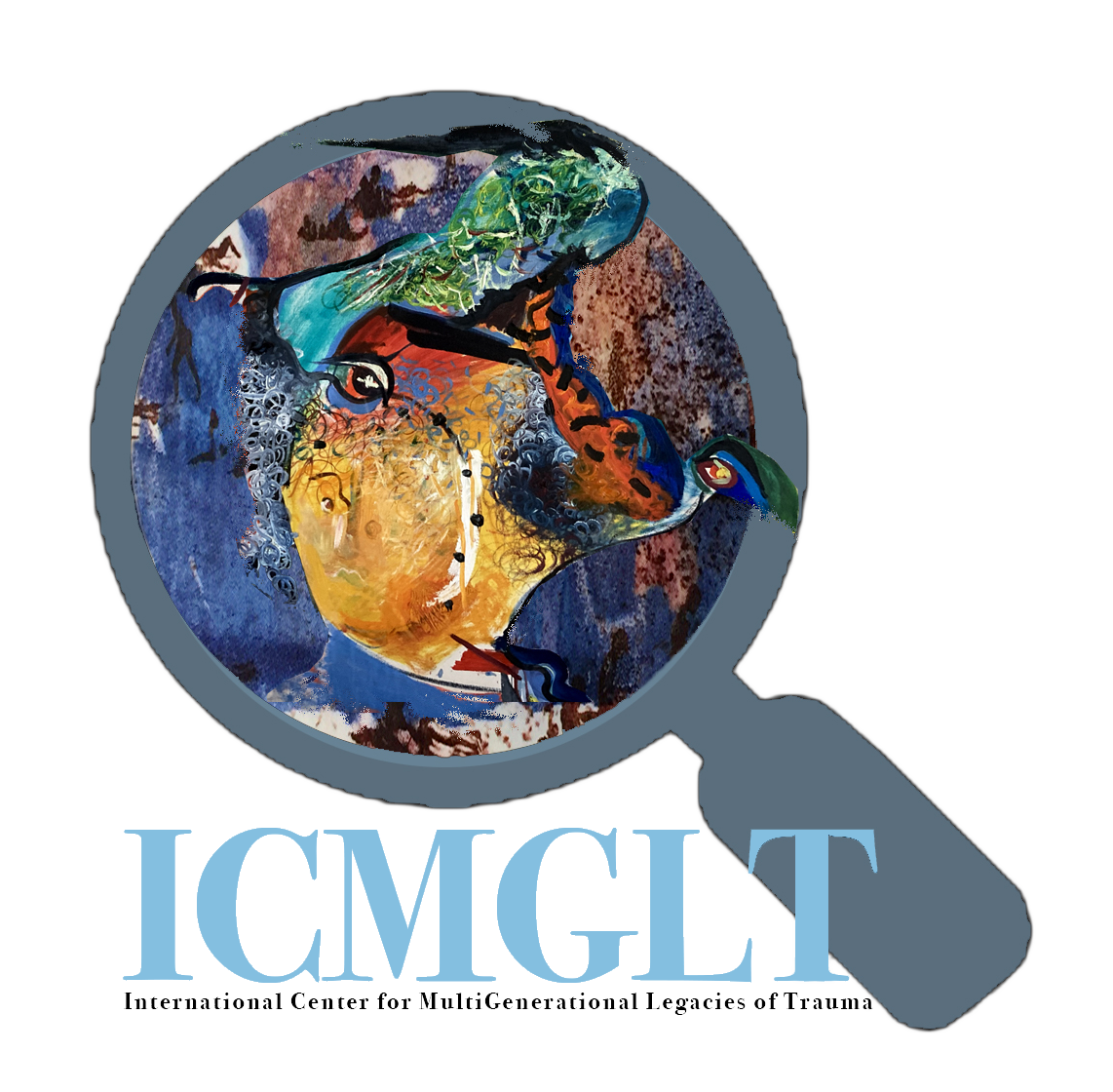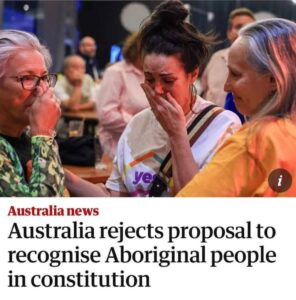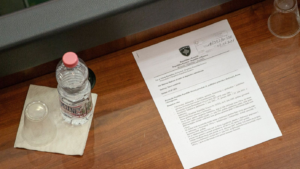Last Monday evening at the exclusive Ludlow House in the Lower East side of New York, a buzz of excitement filled the room. An energized crowd gathered for one of the standout events of New York Jewelry Week 2024. The panel “Designers of Tomorrow: Shaping Luxury” spotlighted a group of emerging BIPOC jewelry designers who are forming the future of the industry.
The discussion featured designers, Amina Sorel (Amina Sorel Fine Jewelry), Bernard James (Bernard James Jewelry), Gwen Beloti (Gwen Beloti Collection), Jessenia Landrum (Jevela), Rosario Navia and Symoné Currie (Metal x Wire)—all graduates of the Natural Diamond Council’s 2023 Emerging Diamond Designers Initiative—who shared their diverse perspectives on building a more inclusive jewelry industry.
Guided by Melanie Grant, award-winning author, curator and the Executive Director of the Responsible Jewellery Council, the conversation emphasized the importance of driving systemic change and nurturing the next generation of talent of BIPOC designers. The panel was divided into three themes: the community, the hurdles they must overcome in a predominantly white industry, and the advice they have for others looking to follow in their footsteps.
Inspiration and Heritage
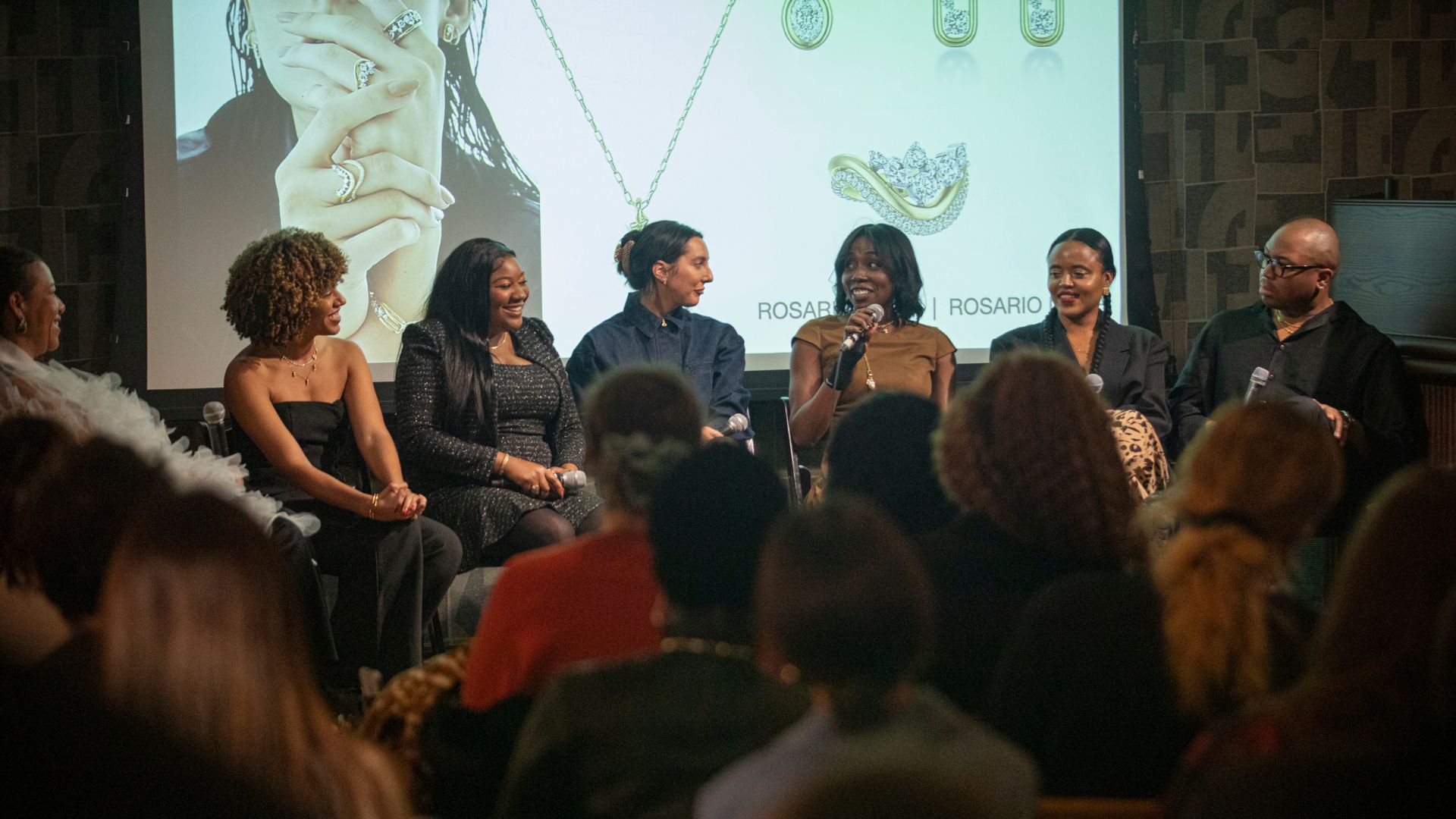
Despite their different backgrounds, and design philosophies, a shared theme emerged among the panelists: a deep passion for jewelry. “I am passionate about jewelry and that is my superpower,” Amina Sorel said. “I want to travel the world and see all of the jewelry and know the story behind it—diamonds, colorful stones, costume jewelry, beads—whatever you have, I want to see it.”
Another commonality? A rich cultural heritage they infuse into their work. “I’m from Argentina and I incorporate that into my jewelry. I’m inspired my grandma’s jewelry and all the names of my collections are Spanish. I work a lot with people that speak Spanish and explain things to them in our native language,” Rosario Navia said. Sorel echoed Navia’s sentiments, explaining that as a Haitian American she always incorporates color into her pieces. “I need to feel the sun in a way,” she said. “I need to feel like the essence of the Caribbean in my jewelry.”
Symone Curry put it simply: “Designing is about giving homage to where you come from, whatever brings you joy and sharing that point of view with everyone.”
The Importance of Community and Grit
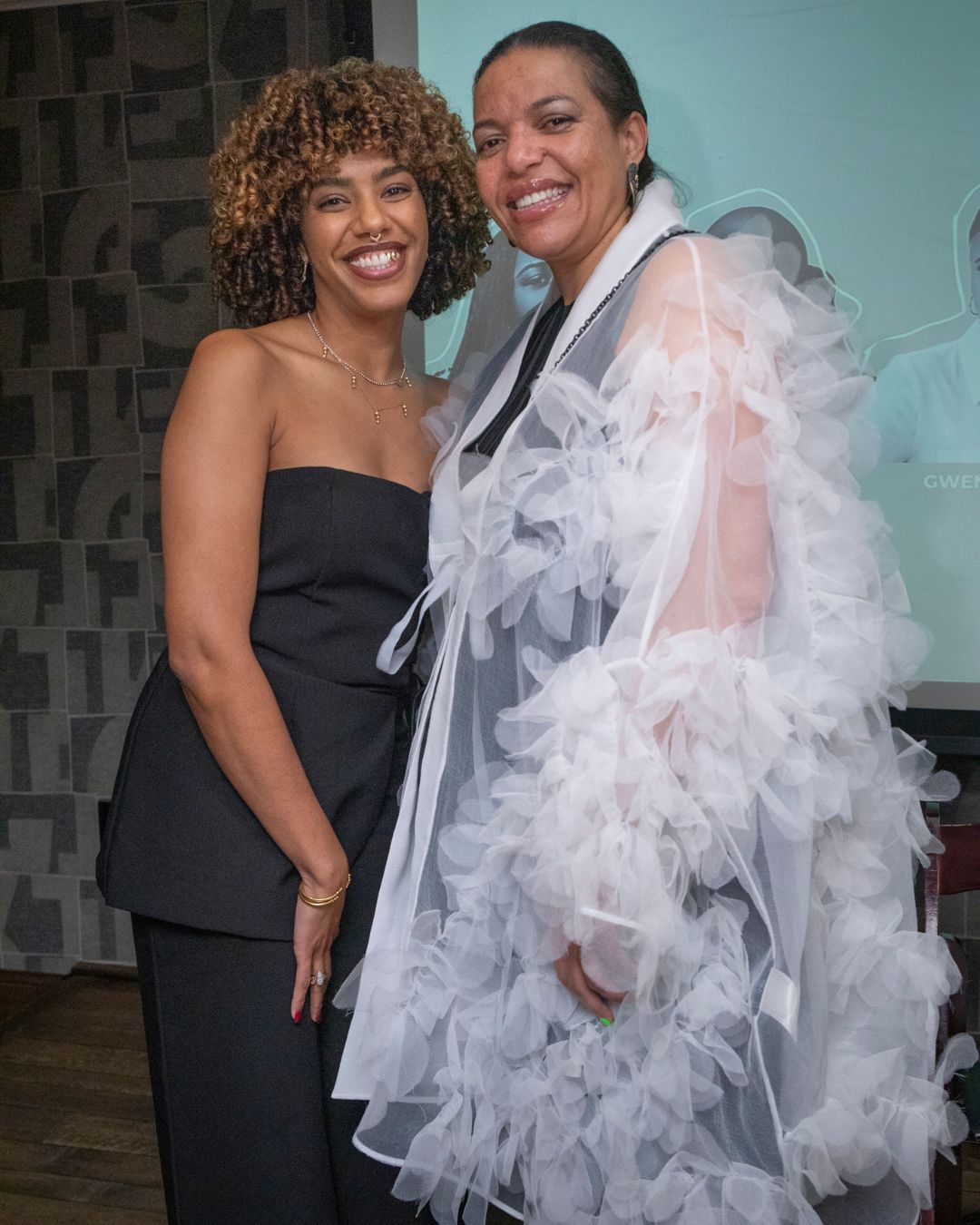
The designers also emphasized the crucial role of community in their success. “Everything’s very community driven as a person of color in this industry, because we are usually first-generation jewelers,” Rosario Navia explained. “That’s why being a part of the NDC initiative was so valuable for us. Even though a few of us are gemologists and have worked in the industry for years, we hadn’t experienced it as a collective group. Having this new community of people who went through the same journey has been helpful—we can lean on each other for advice.”
Connecting with and learning from trusted suppliers is another facet of building community as an emerging designer, according to panelists. “We all have different niches in the jewelry industry: being a gem dealer, a manufacturer, a gold dealer. Having those relationships and using them as an opportunity to grow is really important,” said Jessenia Landrum.
Along with the power of community, the designers also delved into the importance of persistence, especially when facing obstacles specific to people of color. “It’s a balance of patience and grit to keep pushing forward,” Bernard James said. “It’s all about momentum. I agree, it’s about community and finding those you can trust in the industry, especially when producing in New York. We all produce here, and at every step, there’s always some barrier or challenge that you have to work through. That’s what draws many of us to this industry—we’re fighters.”
Advocating for Change
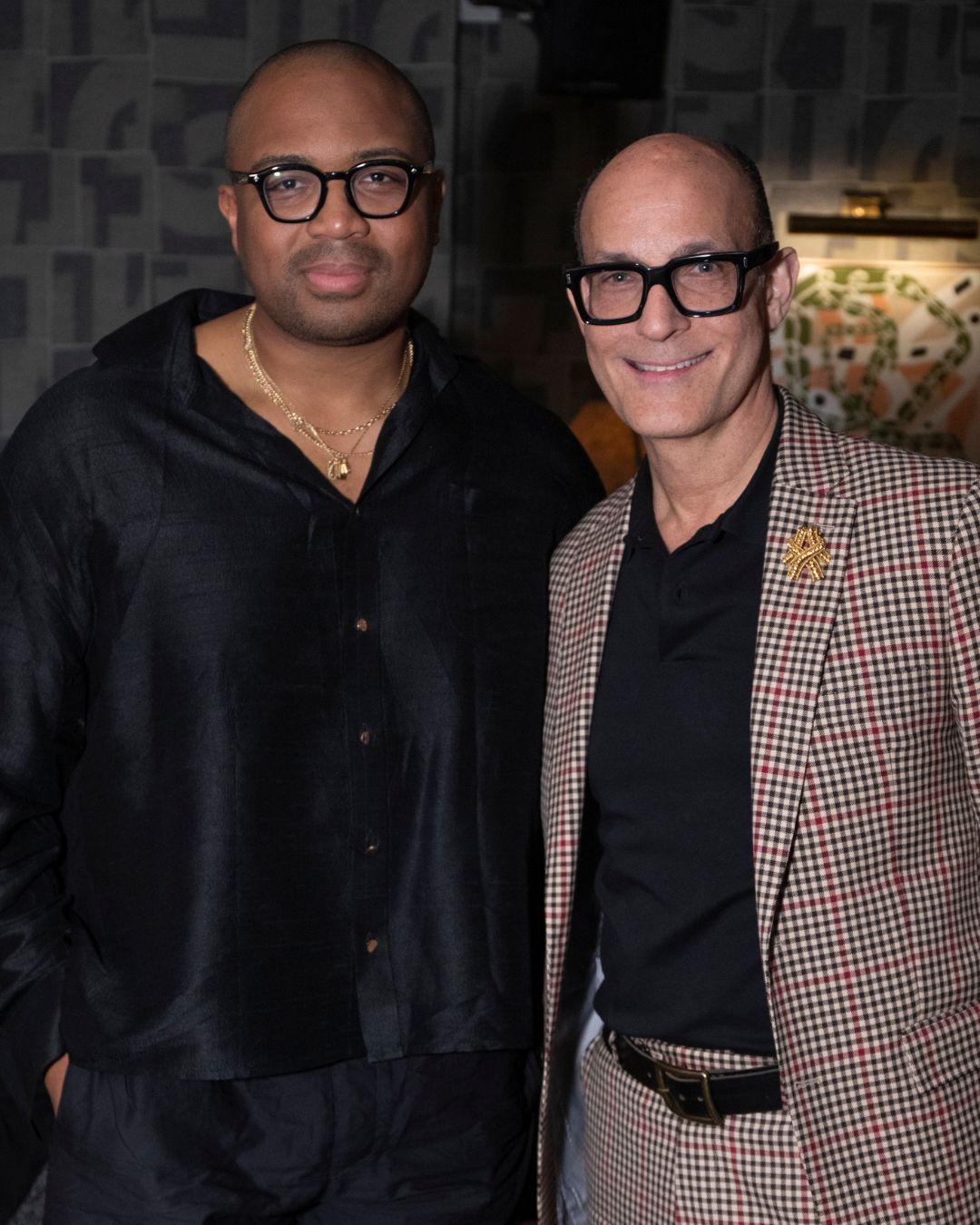
When it comes to what these designers want to see change in the jewelry industry for BIPOC designers, the resounding demand is clear: Exposure. For these creators, increased access to the inner workings of the industry is a crucial step toward establishing themselves and their brands in a sometimes-mystifying realm. “When you go to the [Diamond District], there is so much life happening in those buildings, but from the outside, you have no idea. You can’t just walk in, you have to be buzzed in. It’s super important for emerging designers to have exposure to these places because it shows you what is possible and gives you a place to start,” Navia said.
Bernard James added that participating in programs like NDC’s EDDI Initiative is one way for industry newcomers to gain access to invaluable contacts and industry knowledge. “The Natural Diamond Council really did an incredible job of supporting us. They exposed us to so much, and really were transparent about every stage of the process. And I feel like, despite the fact that we all come into this program in a very different capacity, each of us we were able to sort of learn something new,” he said.
Advice to New Designers
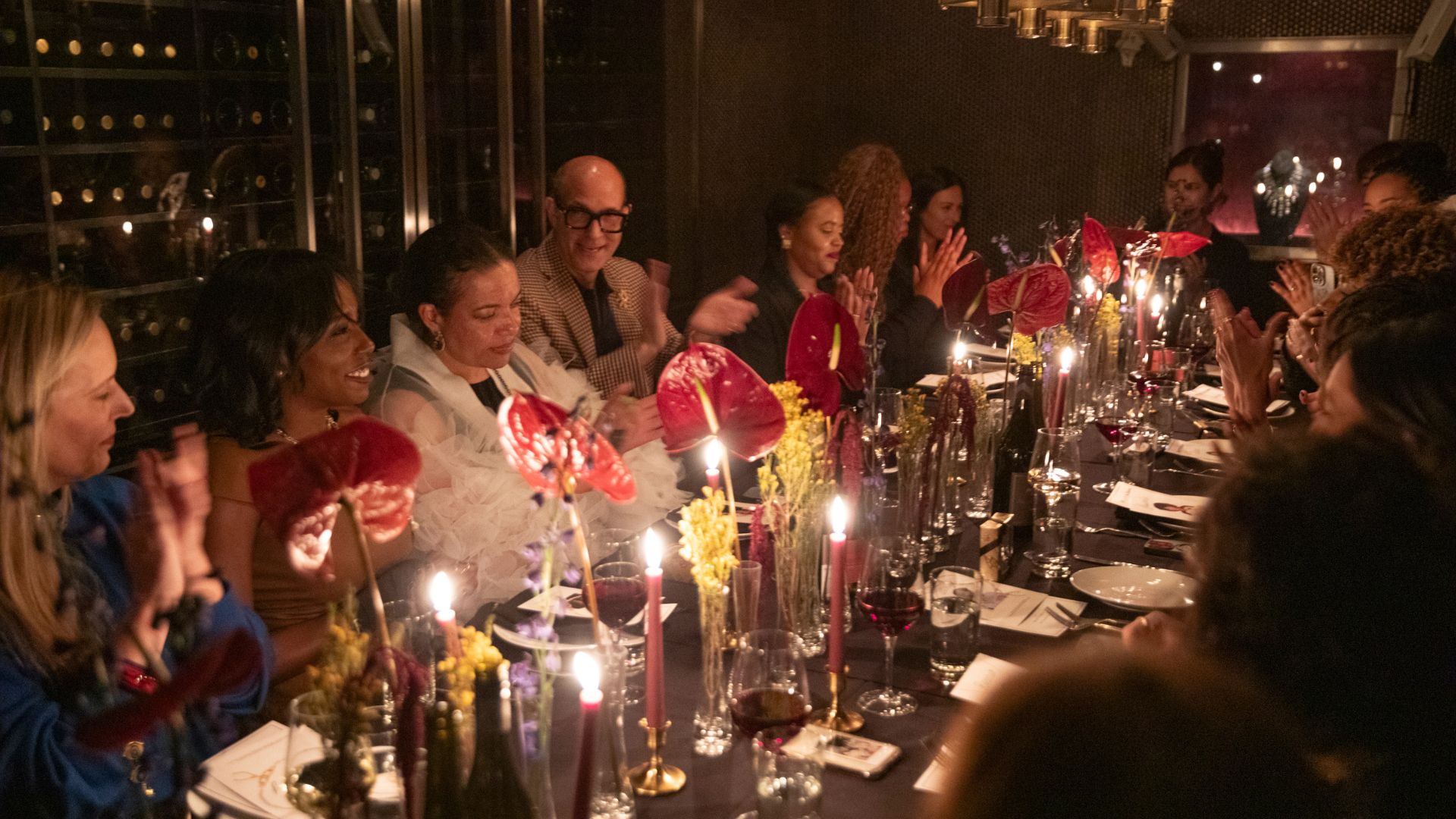
With their fresh perspectives, emerging designers are uniquely positioned to offer valuable advice to industry newcomers. They emphasized the importance of honing a distinct point of view to stand out in an increasingly competitive market. “Some new designers try to chase the trends, which it’s not going to serve you in any way, because you won’t be differentiating yourself. I think believing in yourself and what you bring to the table is what you really need to pursue,” said Navia.
Gwen Beloti added, “You don’t necessarily have to change your perspective or how you design. People who are drawn to what you create will find you. For example, I wholeheartedly market to women, but it turns out some men also enjoy my work because they see themselves in the brand and the product itself.”
The evening concluded a cocktail hour where guests had a chance to continue the conversation. While one of the themes of the panel was struggle, another was hope. The discussion served as a powerful reminder that as BIPOC designers continue to push boundaries, they are also laying the foundation for a more inclusive and community-driven future in the jewelry industry.
Source: https://www.naturaldiamonds.com/culture-and-style/new-york-jewelry-week-bipoc-designers-panel/
